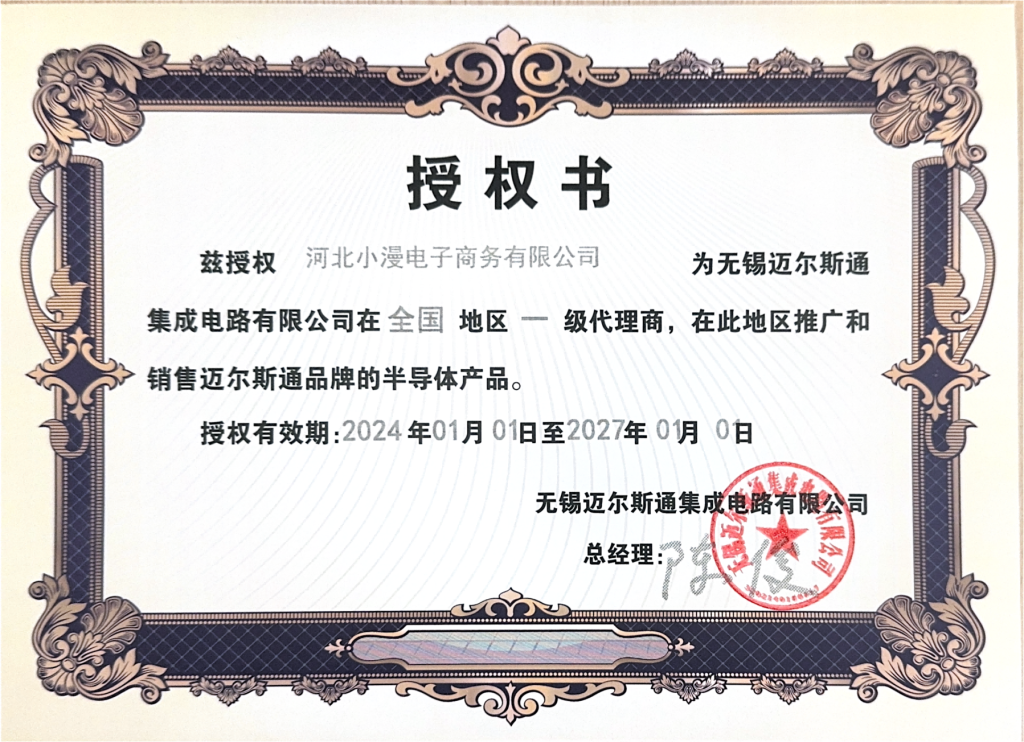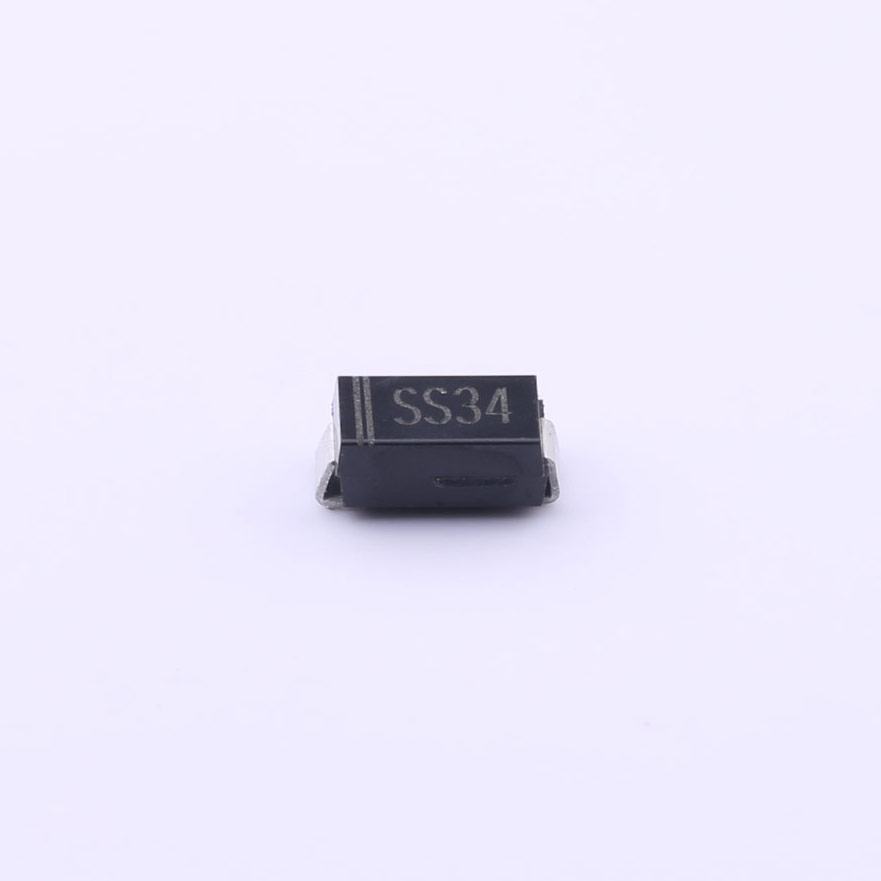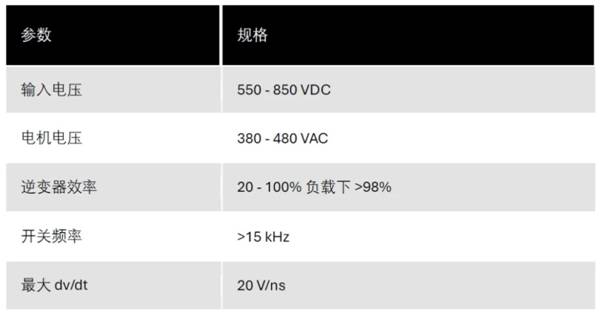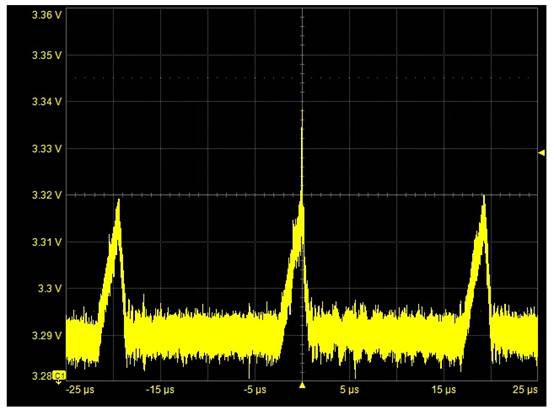根据STM32处理器 的RTC仅仅个能靠电池保持运转的32位定时器! 并不像实时时钟芯片,读出来便是年月日时分秒。
此程序 第一次运转时分 从超级终端 输入时刻
要害代码
/*******************************************************************************
* Function Name : Time_Regulate
* Description : Returns the time entered by user, using Hyperterminal.
* Input : None
* Output : None
* Return : Current time RTC counter value
*******************************************************************************/
//u32 Month_Days[13] = {0,31,28,31,30, 31, 30, 31, 31, 30, 31, 30, 31};
u32 Month_Days_Accu_C[13] = {0,31,59,90,120,151,181,212,243,273,304,334,365};
u32 Month_Days_Accu_L[13] = {0,31,60,91,121,152,182,213,244,274,305,335,366};
#define SecsPerDay (3600*24)
u32 Time_Regulate(void)
{
#if 1
u32 Tmp_Year=0xFFFF, Tmp_Month=0xFF, Tmp_Date=0xFF;
u32 LeapY, ComY, TotSeconds, TotDays;
#endif
u32 Tmp_HH = 0xFF, Tmp_MM = 0xFF, Tmp_SS = 0xFF;
printf(“\r\n==============Time Settings=====================================”);
#if 1
printf(“\r\n Please Set Year”);
while(Tmp_Year == 0xFFFF)
{
/*32-bit counter at Second Unit–> 4*1024*1024(s) –> 49710(day) –> 136(year)*/
Tmp_Year = USART_Scanf(2136);
}
//Tmp_Year=2010;
printf(“: %d”, Tmp_Year);
printf(“\r\n Please Set Month”);
while(Tmp_Month == 0xFF)
{
Tmp_Month = USART_Scanf(12);
}
printf(“: %d”, Tmp_Month);
printf(“\r\n Please Set Date”);
while(Tmp_Date == 0xFF)
{
Tmp_Date = USART_Scanf(31);
}
printf(“: %d”, Tmp_Date);
#endif
printf(“\r\n Please Set Hours”);
while(Tmp_HH == 0xFF)
{
Tmp_HH = USART_Scanf(23);
}
printf(“: %d”, Tmp_HH);
printf(“\r\n Please Set Minutes”);
while(Tmp_MM == 0xFF)
{
Tmp_MM = USART_Scanf(59);
}
printf(“: %d”, Tmp_MM);;
printf(“\r\n Please Set Seconds”);
while(Tmp_SS == 0xFF)
{
Tmp_SS = USART_Scanf(59);
}
printf(“: %d”, Tmp_SS);
#if 1
{
/* change Year-Month-Data-Hour-Minute-Seconds into X(Second) to set RTC->CNTR */
if(Tmp_Year==2000)
LeapY = 0;
else
LeapY = (Tmp_Year – 2000 -1)/4 +1;
ComY = (Tmp_Year – 2000)-(LeapY);
if (Tmp_Year%4)
//common year
TotDays = LeapY*366 + ComY*365 + Month_Days_Accu_C[Tmp_Month-1] + (Tmp_Date-1);
else
//leap year
TotDays = LeapY*366 + ComY*365 + Month_Days_Accu_L[Tmp_Month-1] + (Tmp_Date-1);
TotSeconds = TotDays*SecsPerDay + (Tmp_HH*3600 + Tmp_MM*60 + Tmp_SS);
}
#endif
/* Return the value to store in RTC counter register */
//return((Tmp_HH*3600 + Tmp_MM*60 + Tmp_SS));
return TotSeconds;
}
===============================================
/**
* @brief Displays the current time.
* @param TimeVar: RTC counter value.
* @retval None
*/
#define SecsPerComYear 3153600//(365*3600*24)
#define SecsPerLeapYear 31622400//(366*3600*24)
#define SecsPerFourYear 126230400//((365*3600*24)*3+(366*3600*24))
#define SecsPerDay (3600*24)
s32 Year_Secs_Accu[5]={0,
31622400,
63158400,
94694400,
126230400};
s32 Month_Secs_Accu_C[13] = { 0,
2678400,
5097600,
7776000,
10368000,
13046400,
15638400,
18316800,
20995200,
23587200,
26265600,
28857600,
31536000};
s32 Month_Secs_Accu_L[13] = {0,
2678400,
5184000,
7862400,
10454400,
13132800,
15724800,
18403200,
21081600,
23673600,
26352000,
28944000,
31622400};
void Time_Display(uint32_t TimeVar)
{
#if 0
uint32_t THH = 0, TMM = 0, TSS = 0;
/* Compute hours */
THH = TimeVar / 3600;
/* Compute minutes */
TMM = (TimeVar % 3600) / 60;
/* Compute seconds */
TSS = (TimeVar % 3600) % 60;
printf(“Time: %0.2d:%0.2d:%0.2d\r”, THH, TMM, TSS);
#endif
//———————————————-
#if 1
u32 TY = 0, TM = 1, TD = 0;
s32 Num4Y,NumY, OffSec, Off4Y = 0;
u32 i;
//s32 NumDay, OffDay;
s32 NumDay;
#endif
u32 THH = 0, TMM = 0, TSS = 0;
#if 0
/* Compute hours */
THH = TimeVar/3600;
/* Compute minutes */
TMM = (TimeVar % 3600)/60;
/* Compute seconds */
TSS = (TimeVar % 3600)% 60;
#endif
#if 1
{
Num4Y = TimeVar/SecsPerFourYear;
OffSec = TimeVar%SecsPerFourYear;
i=1;
while(OffSec > Year_Secs_Accu[i++])
Off4Y++;
/* Numer of Complete Year */
NumY = Num4Y*4 + Off4Y;
/* 2000,2001,…~2000+NumY-1 complete year before, so this year is 2000+NumY*/
TY = 2000+NumY;
OffSec = OffSec – Year_Secs_Accu[i-2];
/* Month (TBD with OffSec)*/
i=0;
if(TY%4)
{// common year
while(OffSec > Month_Secs_Accu_C[i++]);
TM = i-1;
OffSec = OffSec – Month_Secs_Accu_C[i-2];
}
else
{// leap year
while(OffSec > Month_Secs_Accu_L[i++]);
TM = i-1;
OffSec = OffSec – Month_Secs_Accu_L[i-2];
}
/* Date (TBD with OffSec) */
NumDay = OffSec/SecsPerDay;
OffSec = OffSec%SecsPerDay;
TD = NumDay+1;
/* Compute hours */
THH = OffSec/3600;
/* Compute minutes */
TMM = (OffSec % 3600)/60;
/* Compute seconds */
TSS = (OffSec % 3600)% 60;
}
#endif
printf(“Date: %0.4d-%0.2d-%0.2d Time: %0.2d:%0.2d:%0.2d\r”,TY, TM, TD,THH, TMM, TSS);
//—————————————————-
}
===========================================
/**
* @brief Gets numeric values from the hyperterminal.
* @param None
* @retval None
*/
//留意回来值必定不能是 uint8_t
uint32_t USART_Scanf(uint32_t value)
{
u32 index = 0;
u32 tmp[4] = {0, 0};
u32 Num;
if (value==2136)
Num = 4;
else
Num = 2;
while(index < Num)
{
/* Loop until RXNE = 1 */
while(USART_GetFlagStatus(USART1, USART_FLAG_RXNE) == RESET)
{
}
tmp[index++] = (USART_ReceiveData(USART1));
if((tmp[index – 1] < 0x30) || (tmp[index - 1] > 0x39))
{
printf(“\n\rPlease enter valid number between 0 and 9”);
index–;
}
}
/* Calculate the Corresponding value */
if (value!=2136)
index = ((tmp[0] – 0x30) * 10) + (tmp[1] – 0x30);
else
index = ((tmp[0] – 0x30) * 1000) + ((tmp[1] – 0x30) * 100) + ((tmp[2] – 0x30) * 10) + (tmp[3] – 0x30);
/* Checks */
if(index > value)
{
printf(“\n\rPlease enter valid number between 0 and %d”, value);
return 0xFF;
}
return index;
}
=============
程序下载地址
显现年月日 时分秒的程序(留意是板凳的回复)
转自Tony嵌入式论坛,地址:http://www.cevx.com/bbs/thread-26329-1-1.html
===================
附:年月日转化为星期的函数
int Ymd2Wday(int year, int month, int days) //年月日 to 星期 ******* 已验证******
{
static int mdays[] = {0, 31, 28, 31, 30, 31, 30, 31, 31, 30, 31, 30 };
int i, y = year – 1;
for (i=0; i
if (((year%400)==0) || ((year&3)==0 && (year%100))) ++days;
}
return (y+y/4-y/100+y/400+days)%7;
}
//由年月日核算星期
//判别是否是闰年,闰年2月是29天 公式:366%7=2;如真是是要核算万年用if(((y%4==0)&&(y%100!=0))||(y%400==0))) 这儿为了削减编译代码长度
unsigned char getweek(unsigned char year,unsigned char month,unsigned char day)
{
unsigned char week,tp;
tp=0;week=5; //初始化2000-01-01星期六
while(tp!=year){ //处理年(2000开端)
week++; //是上一年的星期的下一天 公式:365%7=1
if(tp%4==0)week++; //判别是否是閏年,閏年2月是29天 公式:366%7=2
tp++; //下一年的1月1日
}
tp=1;
while(tp!=month){ //处理月(1月开端)
switch(tp){
case 1:case 3:case 5:case 7:case 8:case 10:case 12: week=week+3;break; //大月天数31%7
case 2: if(year%4==0)week++;break; //閏月天数,閏年2月是29天 公式:366%7=2 29%7
case 4:case 6:case 9:case 11: week=week+2;break; //小月天数30%7
}
tp++; //处理月
}
week=week+day; //处理日(從1日开端)
week=week%7;
if(week==0) week=7;
return week; //回来星期
}
——————————————-
我也奉献一个
unsigned char week(void)
{
int Y;
unsigned char A;
Y=2000+t.n;
/*下面的四条句子用来核算输入日期的星期数,是程序的中心部分,缺一不可 */
A = Y>0?(5+(Y+1)+(Y-1)/4-(Y-1)/100+(Y-1)/400)%7:(5+Y+Y/4-Y/100+Y/400)%7;
A = t.y>2?(A+2*(t.y+1)+3*(t.y+1)/5)%7:(A+2*(t.y+2)+3*(t.y+2)/5)%7;
if (((Y%4 == 0 && Y%100 != 0) || (Y%100==0 &&Y%400 == 0)) && t.y>2) {A =(A+1)%7;}
A=(A+t.r)%7;
if (A==0) A=8;/*周日显现 8*/
return A;
}
当时的
t.n 年
t.y 月
t.r 日









